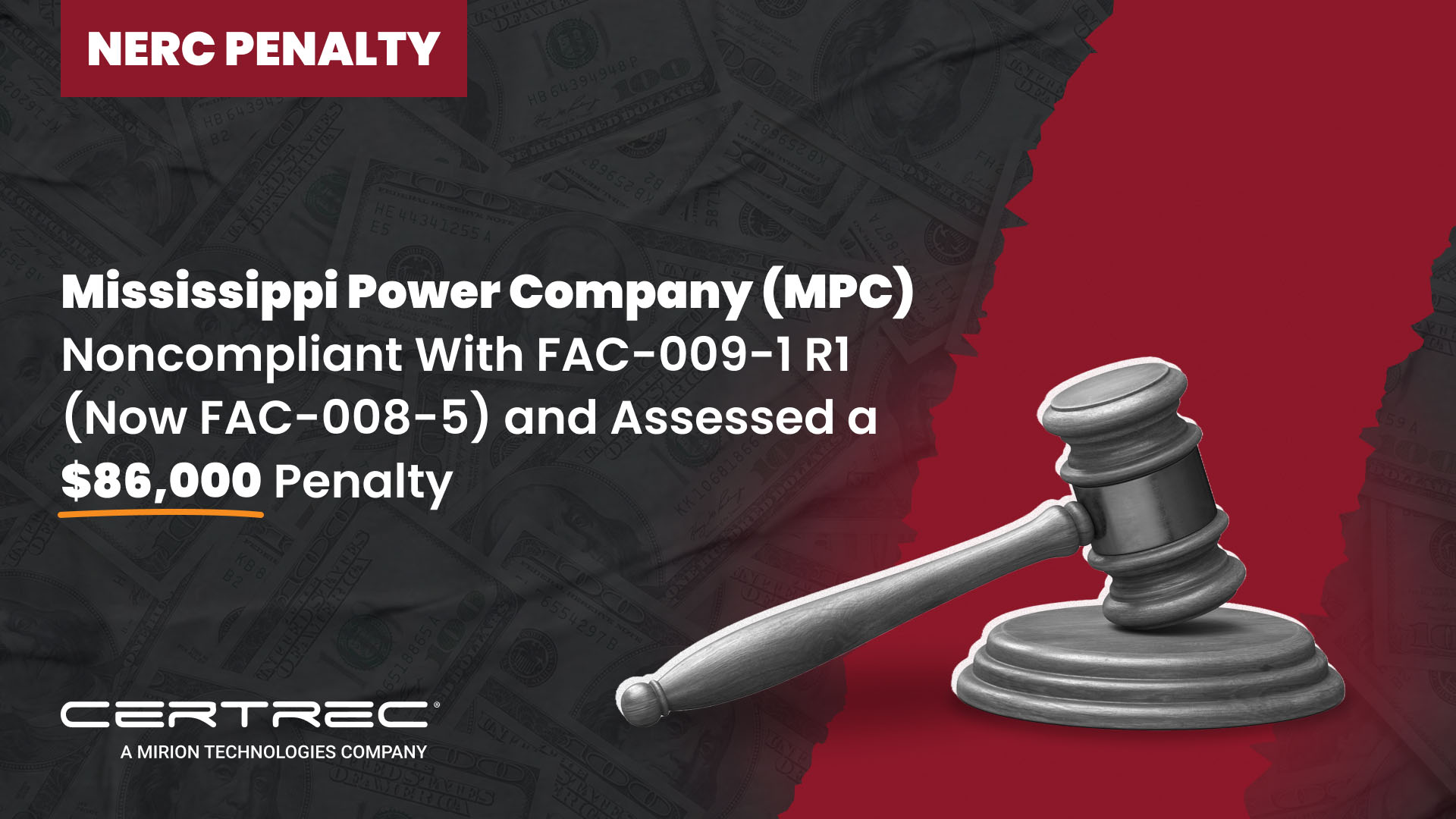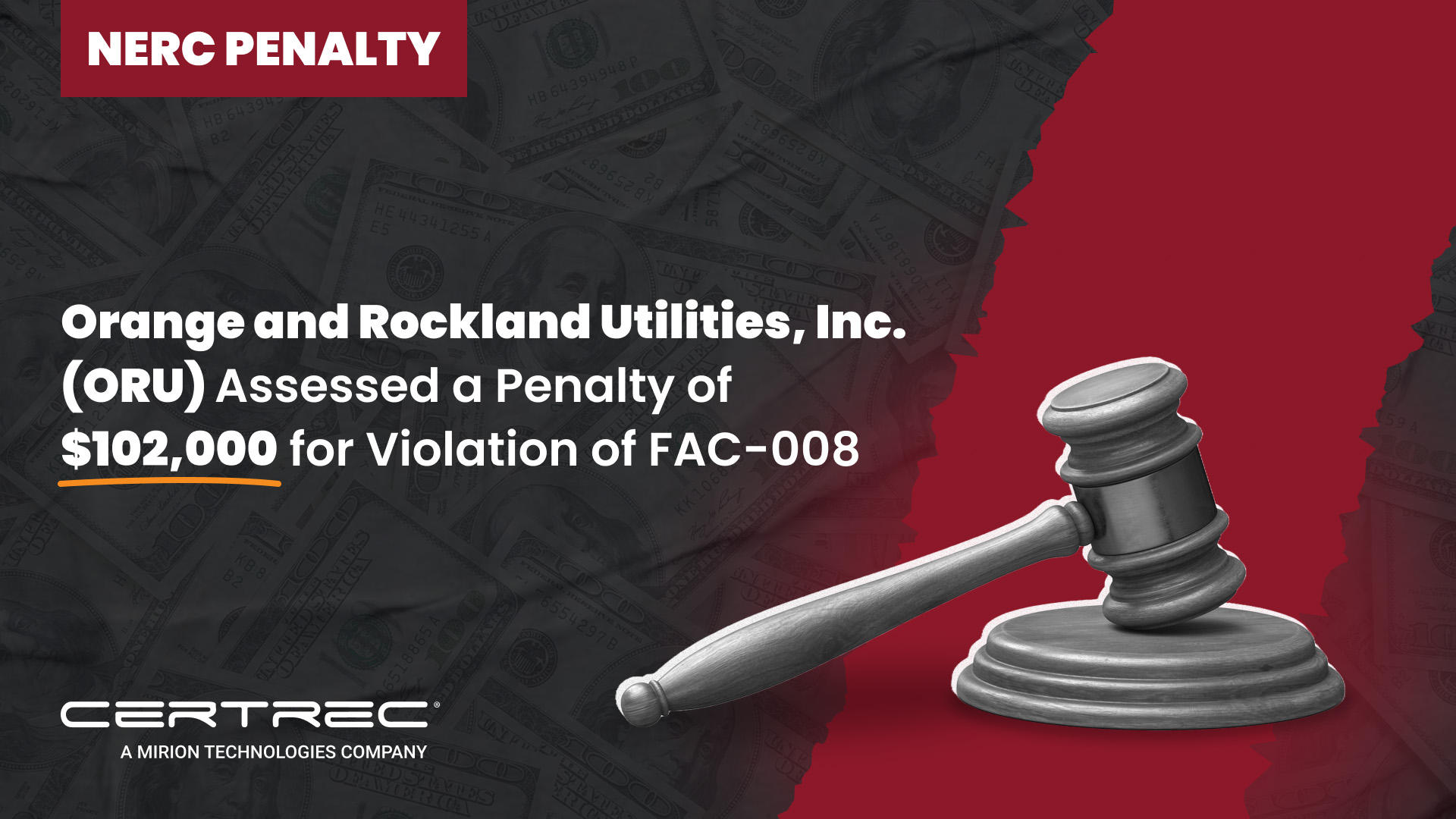NERC Level 2 Industry Recommendation: Large Load Interconnection, Study, Commissioning, and Operations
In September 2025, the North American Electric Reliability Corporation (NERC) issued a Level 2 Industry Recommendation addressing widespread risks associated with the interconnection and performance of Large Loads on the Bulk Power System (BPS). Recent incident reviews revealed more than 1,000 MW of unexpected Large Load reductions across multiple events in 2024 and 2025, underscoring the reliability challenges posed by rapid demand fluctuations and uncoordinated operational behavior. The alert requires Distribution Providers (DPs), Transmission Owners (TOs), Transmission Operators (TOPs), Transmission Planners (TPs), Planning Coordinators (PCs), Balancing Authorities (BAs), Reliability Coordinators (RCs), and Resource Planners (RPs) to acknowledge receipt by September 16, 2025, and to submit comprehensive responses by January 28, 2026.
Purpose and Context
NERC and Regional Entities have identified reliability challenges as large loads, such as data centers, cryptocurrency mining facilities, hydrogen electrolyzers, manufacturing facilities, and arc furnaces, continue to grow across the BPS. Unlike traditional industrial demand, Large Loads demonstrate cyclical ramping, rapid intra-minute variability, and unique post-disturbance recovery characteristics that complicate frequency regulation, voltage stability, and protection coordination. To address these risks, NERC established the Large Loads Task Force (LLTF) in August 2024 and, in July 2025, released a white paper titled Characteristics and Risks of Emerging Large Loads, which identified long-term planning, operational balancing, and system stability as high-priority concerns.
For this Industry Recommendation, “Large Load” is defined as any commercial or industrial individual load facility or aggregation of facilities at a single site behind one or more point(s) of interconnection that can pose reliability risks to the BPS due to demand, operational characteristics, or other factors. This Level 2 Industry Recommendation provides specific actions to improve interconnection requirements, modeling practices, commissioning procedures, and operational readiness.
Key Recommendations
For Transmission Owners (TOs) and Distribution Providers (DPs)
Recommendation #1 requires TOs and DPs to establish clear interconnection requirements for Large Loads, including:
- Design and performance criteria to guide steady-state, dynamic, and short-circuit modeling.
- Verified facility data submissions covering control settings, protection devices, and operational parameters.
- Installation of high-speed disturbance monitoring equipment, such as PMUs or digital fault recorders.
- Coordination with TPs and PCs to ensure voltage ride-through, frequency response, and post-disturbance recovery requirements are met.
- Periodic review of interconnection requirements to adapt to evolving system conditions and observed Large Load performance.
For Transmission Planners (TPs) and Planning Coordinators (PCs)
Recommendation #2 directs TPs and PCs to implement comprehensive interconnection and system-wide studies that include:
- Acquisition or development of validated steady-state, dynamic, and short-circuit models for Large Loads.
- Periodic planning studies assessing reliability risks of both individual and aggregated Large Loads.
- Dynamic analyses of ride-through behavior, transient stability, and collective tripping risk during disturbances.
- Consideration of electromagnetic transient (EMT) studies in areas with weak system strength or complex resource interactions.
- Coordination with TOs to recommend relay setting changes and mitigation measures where poor performance is observed.
For Transmission Owners (TOs) Commissioning Procedures
Recommendation #3 requires TOs to establish a comprehensive commissioning process for Large Loads, including:
- Coordination with RCs, TOPs, and BAs prior to commercial operations.
- Verification of as-built designs against modeled assumptions.
- Validation of voltage recovery, frequency stability, and load ramping behavior at the point of interconnection.
- Continuous updating of models as facilities expand or undergo design modifications.
- Phased commissioning validation for Large Loads that scale demand over multiple years.
For TOs, BAs, TOPs, and RCs Operational Protocols
Recommendation #4 emphasizes the need for ongoing operational coordination, including:
- Development of real-time communication protocols and situational awareness tools.
- Processes for forecasting Large Load behavior and notifying operators of major equipment changes.
- Event-driven communication during normal operations, disturbances, and emergencies.
- Integration of disturbance monitoring devices into operator dashboards for real-time awareness and post-event analysis.
TPs, PCs, and RPs Planning Horizon Inclusion
Recommendation #5 requires planners to incorporate Large Loads into both near-term and long-term demand forecasts. This process should account for:
- Intra-minute variability and ramping demands.
- Aggregate load disconnections during contingencies.
- Delayed reconnection impacts reserve margins and system adequacy.
Compliance Requirements
Registered entities must complete three critical steps via the NERC Alert System:
- Acknowledge receipt of the Industry Recommendation by September 16, 2025.
- Submit responses addressing the recommendations by January 28, 2026.
- Approve submissions to ensure responses are valid.
While industry recommendations are not enforceable, such as the Reliability Standards under Section 215 of the Federal Power Act, NERC emphasizes that these actions are critical to reducing systemic risks. Failure to address identified concerns will not excuse future noncompliance should reliability events be linked to insufficient modeling, commissioning, or operational practices.
Broader Industry Impact
Large Loads represent a new class of risk to the BPS, with behaviors fundamentally different from synchronous industrial facilities. Rapid demand fluctuations, uncoordinated tripping, and unpredictable post-disturbance recovery threaten reliability if not properly modeled and managed. As system planners and operators prepare for an increase in data-intensive and electrification-driven load growth, the ability to integrate Large Loads reliably will determine overall system resilience.
By implementing the recommendations outlined in this alert, registered entities can improve interconnection consistency, planning accuracy, operational visibility, and post-disturbance recovery outcomes. This proactive approach will align industry practices with emerging load characteristics and support ongoing reliability in an evolving grid environment.
About Certrec:
Certrec is a leading provider of regulatory compliance solutions for the energy industry with the mission of helping ensure a stable, reliable, bulk electric supply. Since 1988, Certrec’s SaaS applications and consulting expertise have helped hundreds of power-generating facilities manage their regulatory compliance and reduce their risks.
Certrec’s engineers and business teams bring a cumulative 1,500 years of working experience in regulatory areas of compliance, engineering, and operations, including nuclear, fossil, solar, wind facilities, and other Registered Entities generation and transmission.
Certrec has helped more than 200 generating facilities establish and maintain NERC Compliance Programs. We manage the entire NERC compliance program for 80+ registered entities in the US, Canada, and Mexico that trust us to decrease their regulatory and reputational risk. Certrec is ISO/IEC 27001:2013 certified and has successfully completed annual SOC 2 Type 2 examinations.
For press and media inquiries, please contact marketing@certrec.com.
Share









